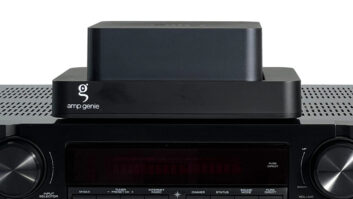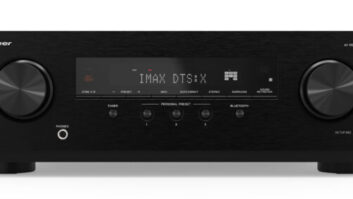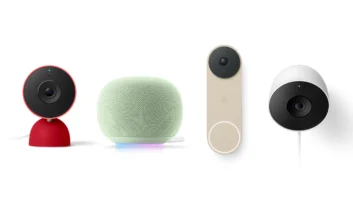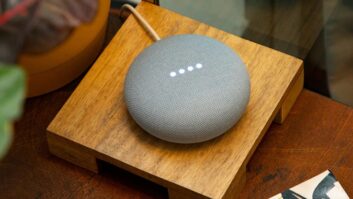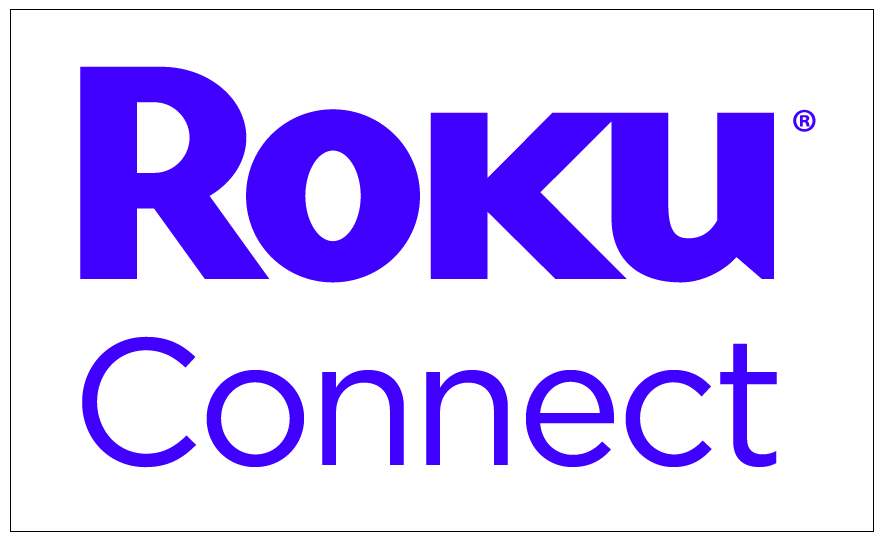
Roku is expanding its entertainment OS beyond TVs and streaming players to include audio products that will let consumers stream audio around the house to wireless speakers and easily add soundbars and wireless surround speakers to Roku-equipped TVs.
The first company to offer Roku-enabled audio products will be TCL, which will announce its plans at CES next week in Las Vegas.
All products, including Roku TVs, will be controlled by voice through a microphone-equipped remote or through a microphone-equipped speaker or soundbar via the Roku Entertainment Assistant. The home-entertainment-focused virtual assistant will deliver a greater variety of voice commands than those currently available through Roku’s smartphone app and microphone-equipped remotes.
“We plan to expand beyond Roku TVs and devices by building home entertainment networks … to enhance the TV experience,” said Mark Ely, VP of product management for players and whole house.
To make its plans for whole-home entertainment a reality, Roku is launching a licensing program to offer an updated Roku OS; Roku Connect software that enables OEM brands to build wireless speakers that seamlessly connect to the Roku ecosystem; and soundbar and speaker reference designs.
Products incorporating the solutions won’t be demonstrated at CES but will include soundbars, wireless surround speakers, smart speakers, wireless subwoofers, and wireless multiroom speakers. The first products will arrive in stores in the fall, Roku told TWICE, which is also when the Roku Entertainment Assistant and Roku Connect are expected to be rolled out as a free software update to most Roku TV models and Roku players.
See also: Roku’s New Line Will Likely Cement Its Market Leader Position
The licensing program gives CE suppliers the flexibility to include a range of features in their products, including far-field or near-field microphones for voice control of the functions of audio product, Roku TVs and Roku streaming services. In addition, when connected via HDMI to a Roku TV, a Roku-enabled soundbar will, after being turned on, automatically discover a home’s Roku OS-equipped TV, set itself up, and — without users manually entering a network’s Wi-Fi password — automatically connect to the home network. Wireless surround speakers and subwoofers will likewise discover the Roku-equipped TV and soundbar and automatically connect to the network.
Wireless speakers and soundbars with far-field microphones could be used to control Roku TVs and surround systems, whether from the same or other rooms. And a Roku TV’s remote could control the Roku soundbar and wireless surrounds.
Thanks to the Roku Entertainment Assistant, a home-entertainment-focused virtual assistant, the variety of voice commands will exceed the selection of voice commands available through Roku’s current smartphone app and microphone-equipped Roku TV remotes. The Roku OS currently executes basic commands and selects streaming services and content on Roku TVs and Roku streaming devices. The company declined to reveal the new types of commands that could be executed by voice.
With wireless multiroom speakers, the Roku OS would deliver “follow-me” music, with users selecting music playback on the speaker closest to them or on speakers throughout the house. Users would also be able to walk to the kitchen and command the kitchen speaker to play the same music that was playing in the room that they just left.
Licensees will also get the flexibility to include high-res audio playback in their audio products.
See also: Smart TVs Nudging Roku, Chromecast Aside
Roku Connect technology for automatic discovery and setup will be free to OEMs, and licensing fees for the reference hardware designs will be small and “not material,” said Ely. But the additional products “will increase the frequency and intensity of relationships with customers” and encourage consumers to “spend more time with Roku TV,” he said.
That, in turn, will help expand Roku’s user base and bolster revenue from advertising sales and commissions that come from sales of subscriptions or transactions made through Roku’s products, including movie rentals. Roku also gets revenue from charging for branded channel buttons, such as Netflix buttons, on remotes.
In 2017’s third quarter, Roku said it enjoyed 16.7 million active accounts globally, comprising Roku TVs and Roku streaming devices. That was up 48 percent year over year.
The company also said Roku TVs accounted for more than one of every five smart TVs sold in the U.S. during the first nine months of 2017.
Roku’s expansion into audio was made possible by the company’s acquisition in 2017 of Danish wireless-multiroom-audio company Dynastrom.
Existing licenses of Roku TVs are TCL, Hisense, Hitachi, Sharp, Insignia, RCA, Element and Philips, Roku said, noting that Magnavox has added its name to the list. TV brands are attracted to Roku because of low-cost reference designs and features such as cross-channel search and a user interface that highlights 4K content, Ely said.




